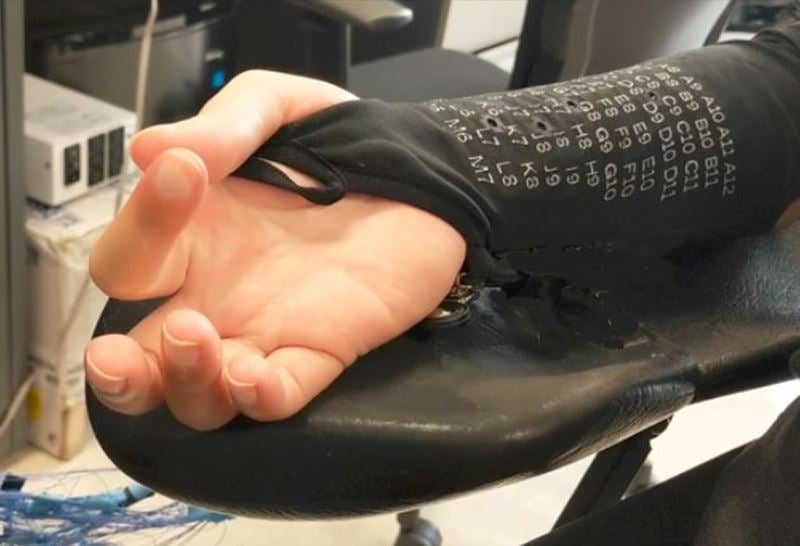
Researchers at the Feinstein Institute for Medical Research and Canada-based textile computing firm Myant have developed closed-loop neurostimulation methods and textile-based electrodes to facilitate individual finger movement and grasp force regulation in quadriplegia patients.
In the US, around 5.4 million people suffer from paralysis, with stroke and spinal cord injuries as the two major contributing factors.
Usually, transcutaneous and neuromuscular stimulation is given over the skin as part of the physical rehabilitation of paralysis patients. However, these non-invasive systems come with several limitations as they cannot target all muscles and can cause muscle fatigue.
By leveraging the proprietary processes from Myant, the research team developed closed-loop neurostimulation methods and textile-based electrodes to create a lightweight, wearable sleeve that regulates individual finger forces to facilitate functional movement in individuals suffering with paralysis.
Institute of Bioelectronic Medicine vice president of advanced engineering Chad Bouton said: “We developed an approach that accurately controls muscle contractions and resulting forces exerted by the fingers. This opens up future research possibilities to create portable, rehabilitative devices beyond the laboratory to help those living with paralysis.”
The study involved three able-body participants and two participants suffering with quadriplegia.
How well do you really know your competitors?
Access the most comprehensive Company Profiles on the market, powered by GlobalData. Save hours of research. Gain competitive edge.

Thank you!
Your download email will arrive shortly
Not ready to buy yet? Download a free sample
We are confident about the unique quality of our Company Profiles. However, we want you to make the most beneficial decision for your business, so we offer a free sample that you can download by submitting the below form
By GlobalDataThe sleeves were placed on the forearm of participants and an electrical stimulation was applied to the different electrodes to induce several movements.
Aspects such as finger extension, flexing, and a cylindrical type grasp were examined in each participant.
The results of the study indicated that with application of controlled electrical stimulation and lightweight textile electrodes, grasp force can be both initiated and regulated in quadriplegia patients.
It is anticipated that the methods and technology could be implemented with an in-brain computer interface so that hand movements can be better decoded and controlled.
Feinstein Institutes CEO and president Kevin J Tracey said: “Chad Bouton and his team continue to advance our understanding and application of the science to better help those living with paralysis.”




